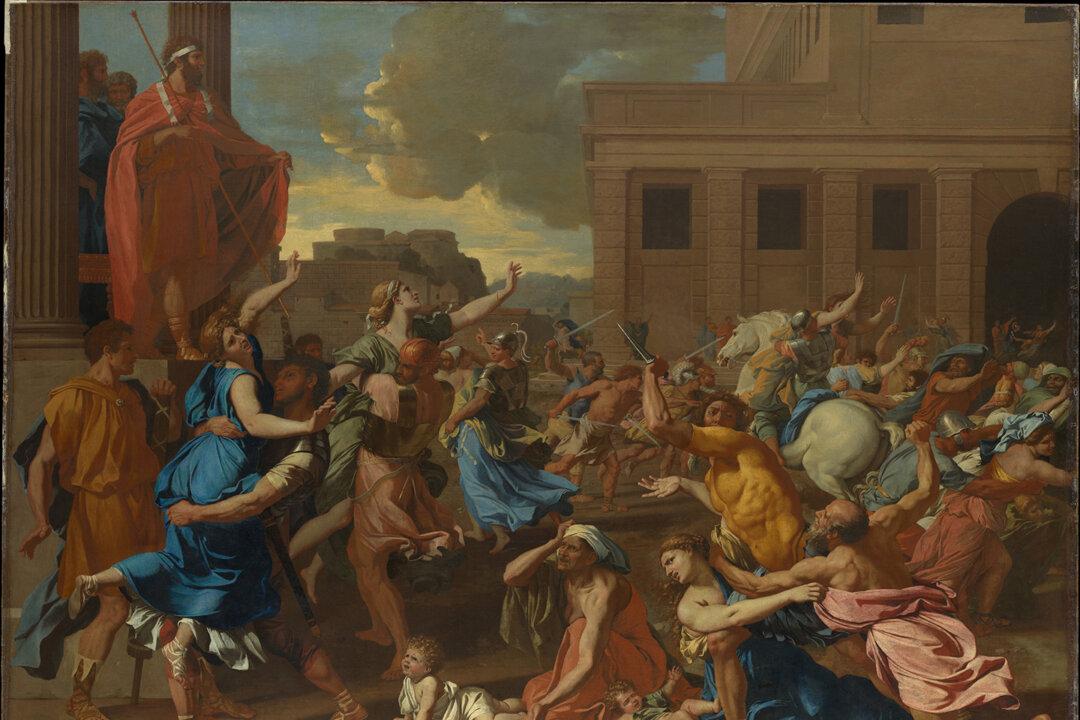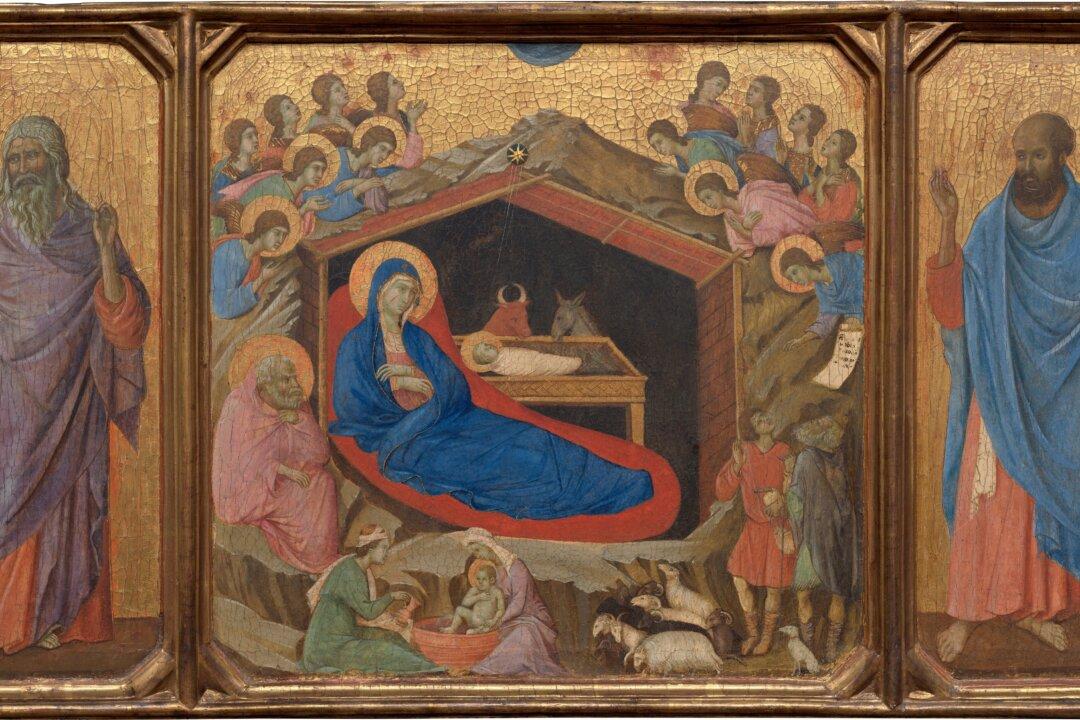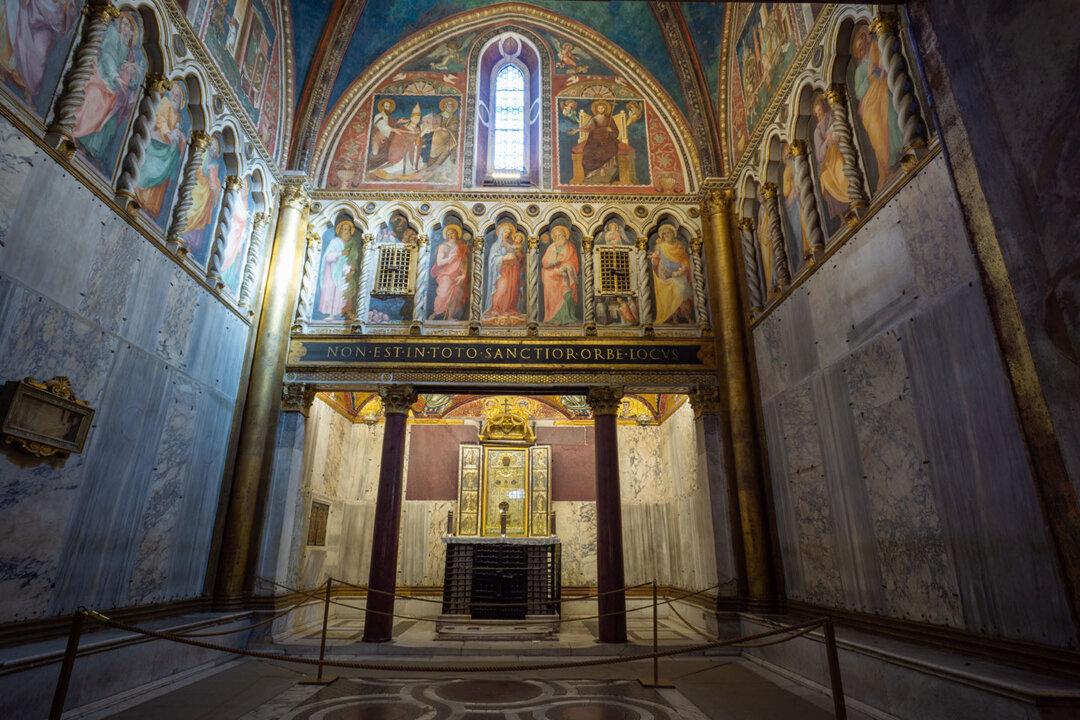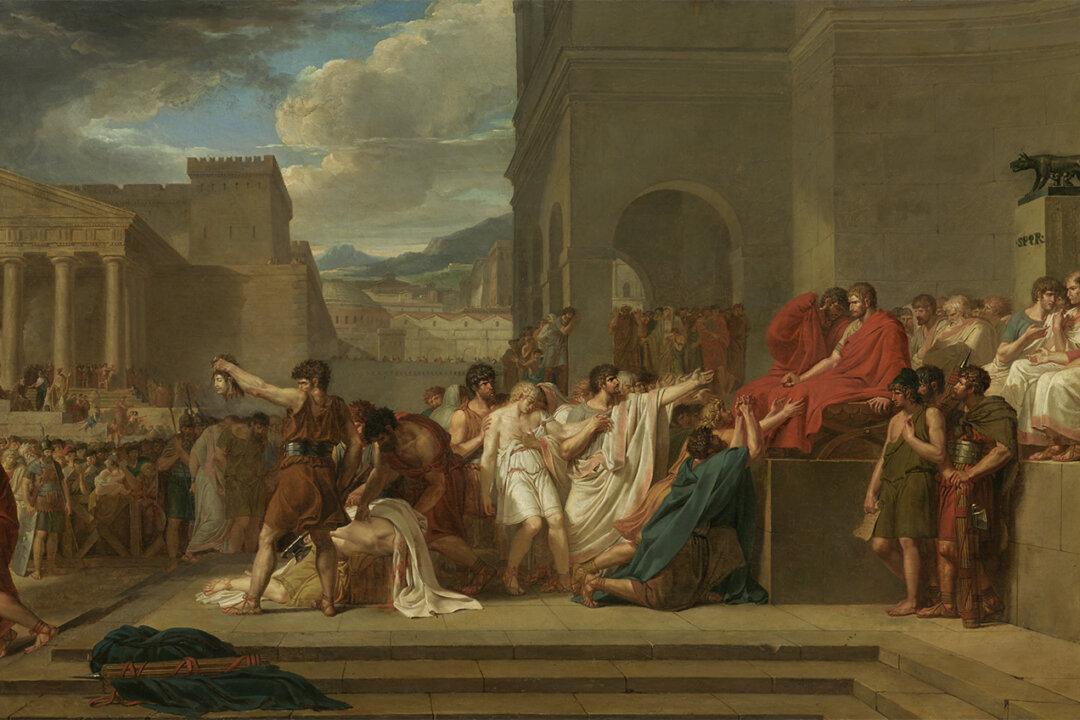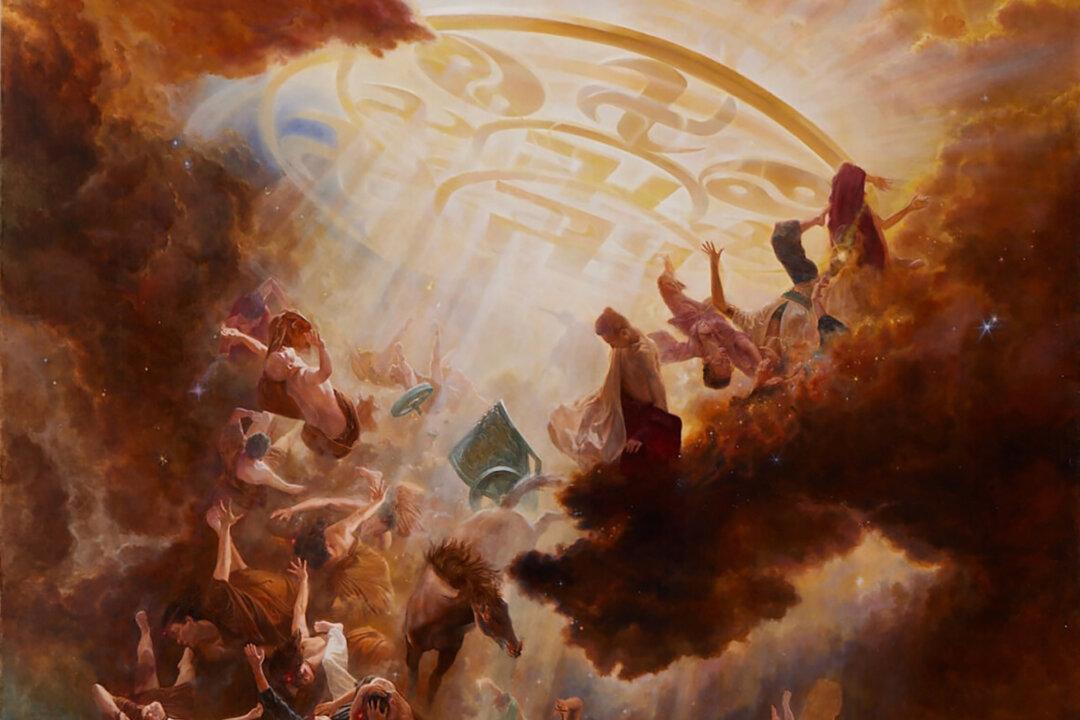The spring of 2022 was an extraordinary season for French art in the United States. At the Getty Center in Los Angeles, the exhibition “Poussin and the Dance” delved into the Baroque master Nicolas Poussin’s pictorial choreography and showcased a number of paintings executed in Rome during the 1630s. Meanwhile, at The Metropolitan Museum of Art in New York City, “Jacques-Louis David: Radical Draftsman” surveyed the practice of drawing in Jacques-Louis David’s long and turbulent career around the time of the French Revolution.
Spanning two centuries, the works of art exhibited at the venues come from public and private collections around the world, and trace the development of French painting at two crucial junctures in its history. The works of these two artists attest to the enduring legacy of ancient Greece and Rome in driving the stylistic innovations in the modern age.

